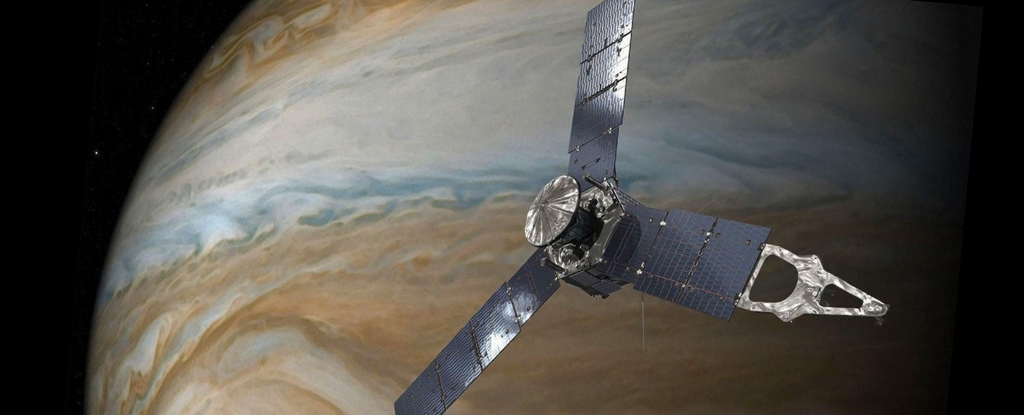Astronomers have discovered a new interstellar object, designated as 3I/ATLAS, which presents a unique opportunity for scientific exploration. Detected by the Asteroid Terrestrial-impact Last Alert System (ATLAS) in Rio Hurtado on July 1, 2025, this interstellar comet is set to come close to Jupiter on March 16, 2026. Excitingly, a recent study suggests that NASA’s Juno probe could intercept this enigmatic object during its approach.
The groundwork for this proposal was laid by a team led by Prof. Abraham Loeb from Harvard University. Loeb, alongside his colleagues Adam Hibberd and Adam Crowl, both associated with the Initiative for Interstellar Studies (i4is), has been investigating the feasibility of using the Juno spacecraft to study 3I/ATLAS. Their findings indicate that a trajectory adjustment could allow Juno to rendezvous with the comet, enhancing our understanding of interstellar objects.
Scientific Significance of 3I/ATLAS
The arrival of 3I/ATLAS adds to the intrigue surrounding interstellar objects, following the discoveries of ‘Oumuamua in 2017 and 2I/Borisov in 2019. Each of these objects offers a glimpse into materials and conditions from beyond our Solar System, potentially shedding light on the formation of celestial bodies.
According to the analysis presented in the recent paper, Juno could effectively alter its orbit to intercept 3I/ATLAS when the comet approaches Jupiter. The team highlighted that an application of thrust on September 9, 2025, could position Juno for a close encounter with the comet, scheduled for March 16, 2026. This maneuver is particularly significant as it circumvents the need for a new mission, leveraging existing technology for groundbreaking observations.
Loeb emphasized the distinctive characteristics of 3I/ATLAS, suggesting that its brightness may indicate a diameter of approximately 20 kilometers. Such measurements raise questions about the object’s origin, including the possibility that it could be an artificial construct, which would have profound implications for our understanding of extraterrestrial technology.
Potential for Discovery
The scientific instruments aboard Juno, including its near-infrared spectrometer and magnetometer, are poised to provide invaluable data regarding 3I/ATLAS. As the comet approaches the Sun, it is expected to release gases through sublimation, offering further insights into its composition and the environment from which it originated.
In their analysis, the researchers employed sophisticated software to calculate the optimal trajectory for Juno, ensuring minimal propellant usage while maximizing the chances of a successful encounter. The findings suggest that Juno’s mission could be rejuvenated, extending its operational lifespan beyond its current end date of March 14, 2026.
While some recent observations from the Hubble Space Telescope indicate that 3I/ATLAS may not be as large as initially thought—suggesting a nucleus radius of less than 2.8 kilometers—scientists remain eager for closer examination. The upcoming encounter with Juno could resolve lingering questions about the interstellar comet’s nature and origin.
Ultimately, the potential for Juno to intercept 3I/ATLAS represents a remarkable opportunity for humanity to explore the cosmos. As Loeb noted, the hypothesis that the comet could be a technological artifact warrants further investigation, regardless of its likelihood. The implications of such an encounter could redefine our understanding of the universe and our place within it.
This study not only paves the way for future explorations of interstellar objects but also highlights the importance of adaptability in space missions. As scientists prepare for the arrival of 3I/ATLAS, the world watches closely, anticipating the discoveries that await in the expanse of our Solar System and beyond.































































